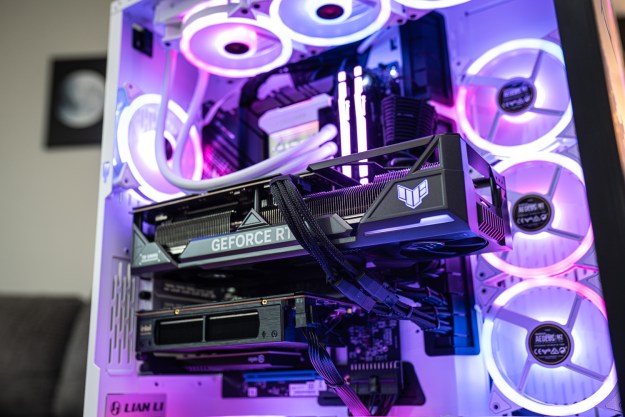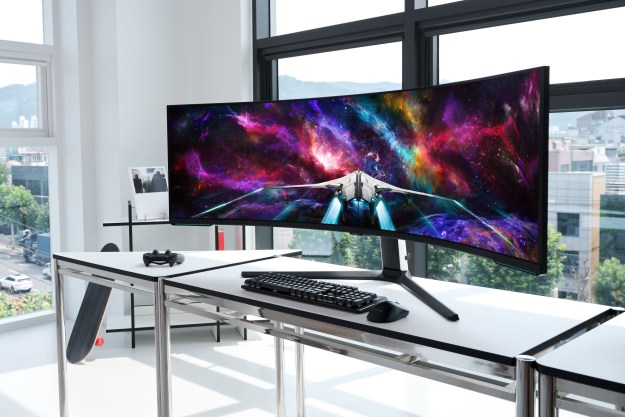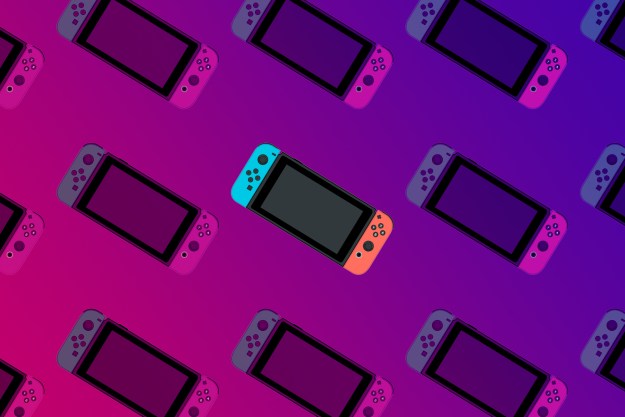By the midpoint of the first day, pictures and videos from PAX West had spread to social media. Missing were the massive displays for big-name titles; console manufacturers and major studios were all noticeably absent. The list of vendors and schedule of panels had lessened considerably. Some online commenters were quick to ridicule and say they were glad to have not wasted their time or money on the event. A corner of the internet had decided, just hours into a four-day show, that PAX West was a dud.
They were wrong. The story of PAX West 2021 wasn’t about the big players that weren’t there, or the crowd-drawing keynote speakers that didn’t show up. Quite the opposite. The story of PAX West 2021 is about the little guys.
Indies take the spotlight

Like many others, I approached PAX West with a bit of apprehension and caution. There is still a worldwide pandemic raging, after all. Many studios and publishers made the very reasonable decision not to attend live expos. As a lifelong gamer and native Northwesterner, I’ve had the opportunity to attend PAX West for many years, and have always used it as an opportunity to remove myself from day-to-day life and immerse myself in the world and culture of gaming. I, like many others, had no idea what to expect this year, or if what was going to be at PAX would justify the time, expense, and increased risk that came with attending.
“C’mon. We know why we are here. You’d probably be listening to Kojima right now if this were a normal year,” quipped comedy gaming troupe Mega64, as they delivered the keynote address at Seattle’s Paramount Theatre. It was true. The big names weren’t coming. When the show floor opened Friday, September 3, it was confirmed: PAX was going to be significantly smaller. Gone were the massive Microsoft and Nintendo sections. There were no giant statues, no Bungie or Capcom mega booths.
In their place were dozens of indie games, developed by small and passionate teams. Where Microsoft may have once stood, you found games like Captain ToonHead vs the Punks from Outer Space, an absolutely bonkers VR-tower defense-FPS game. Instead of giant LED walls, we had a mock shack that had been built in the garage of three brothers to promote their game Blacksmith’s Bay.

Niche retail booths, long relegated to the less busy upper area of the convention center, were now given an entire wing of the main show floor. Suddenly, BattleTech figurines, custom 20-sided dice,and themed skirts, and scarves were front and center for attendees to shop from. The top floor itself was now wide-open space for board games. There were Magic the Gathering tournaments, games to buy and play with friends, and tables for people looking for groups to play with.
Panels were much the same. With much of the “star power” missing, it opened the door to new and interesting talks. People filled seats (all separated and adequately distanced) to hear talks about how to network at conventions, or how to build a Raspberry Pi into a retro gaming powerhouse.
The smaller scale extended to PAX parties as well. There were no halls, clubs, or bars rented out to promote Cyberpunk 2077 or Monster Hunter World. Instead, there were more intimate gatherings, celebrating Queer Women of Esports, or Seattle Online Broadcasters.
A different kind of buzz

Word spread quickly about what the actual offerings at PAX were, and murmurs began to build about short waits to play games and unique merchandise to buy. Attendees at PAX were just as hungry as ever to see and do things video game-related.
The people at PAX West, it seemed, were there with purpose. Lines began to form for games and shops. Attendance may have been lower than previous years, but those who did make the trek made their enthusiasm known. Visitors began to gather around games like Squish, an adorably spooky party game, with cheers erupting after competitive matches between conference attendees. Constant streams of new patrons flowed into the retail shops. Panels about lore for specific games, or how to network at events, quickly hit their COVID-safe capacities.
The board game floor became a hub of activity. Action was constant and extended well past the closing time of the show floor itself. People hopped on Facebook to find extra players, and impromptu friendships, long a hallmark of PAX, continued to be built.

The small PAX gatherings that had replaced the major PAX parties were now the focus of the nightlife. People took to Reddit, Discord and Facebook to discuss what was happening and where.
By the end of the weekend, attendees were back to the usual practices of lining up early and racing to see the hottest games on the show floor. Except instead of racing to see the latest Zelda title or find out about the newest Destiny 2 expansion, people wanted an early chance to spend time with titles like classic Doom-meets-Titanfall shooter Turbo Overkill.
Monday, as the show began to wrap up, I began to informally check in with as many of the vendors and merchants as I could to learn their perspective about how the weekend had gone. One retro game shop employee told me that they had made more money by Saturday afternoon than they had at all of PAX 2019. Many of the indie developers I spoke to were there for the first time, thrilled that the small project they had worked on with their siblings or friends was now being played all day by PAX attendees. I heard stories of major successes. Midautumn, a supernatural roguelike with themes of Asian diaspora and gentrification, sent out an email saying that in just three days, it had raised over 50% of its $30,000 Kickstarter goal. The sponsor of the Queer Women of Esports party told me they had a (COVID-safe), packed house, and an attentive, inclusive audience for sex-positive educational talks at their event.
Looking back

On the train back home to Portland, Oregon, I reached out ReedPop and Penny Arcade, the organizations behind PAX, to see what feedback they had heard. They had this to say:
This Labor Day weekend, ReedPop and Penny Arcade held the first in-person PAX, and first large North American video game event in 18 months, after canceling six consecutive shows for the health and safety of our community. We instituted stringent health and safety guidelines, requiring either proof of vaccination or a negative COVID test, with mandatory masking for everyone in the convention center. 93% of attendees were fully vaccinated, with the community ensuring near-universal compliance with our mask mandate.
The majority of our attendees told us they had a great experience, and were understanding of the results given the ongoing pandemic we all face together. The majority of exhibitors also gave us positive feedback on how the show went for them. Everyone at PAX is confident that as we establish a new normal, many of the companies our attendees know, love, and hoped had been in attendance will return, as they had initially planned to do a few weeks prior.
The stories about empty spaces, walled-off sections, and minimal AAA presence at PAX West are all true. Being disappointed at the smaller scale, or wishing it was more like PAX of old, is a completely valid way to feel. However, the space left by the large players that vacated PAX didn’t go to waste. Smaller voices dominated PAX West 2021. Many were brand-new, seizing opportunities that may not have existed at previous expos. Others had always been there, but were hidden from view, or drown out by the titans of the industry. PAX was not empty. It had space, and the story of PAX West 2021 is the story of those who were able to make themselves seen and heard.




